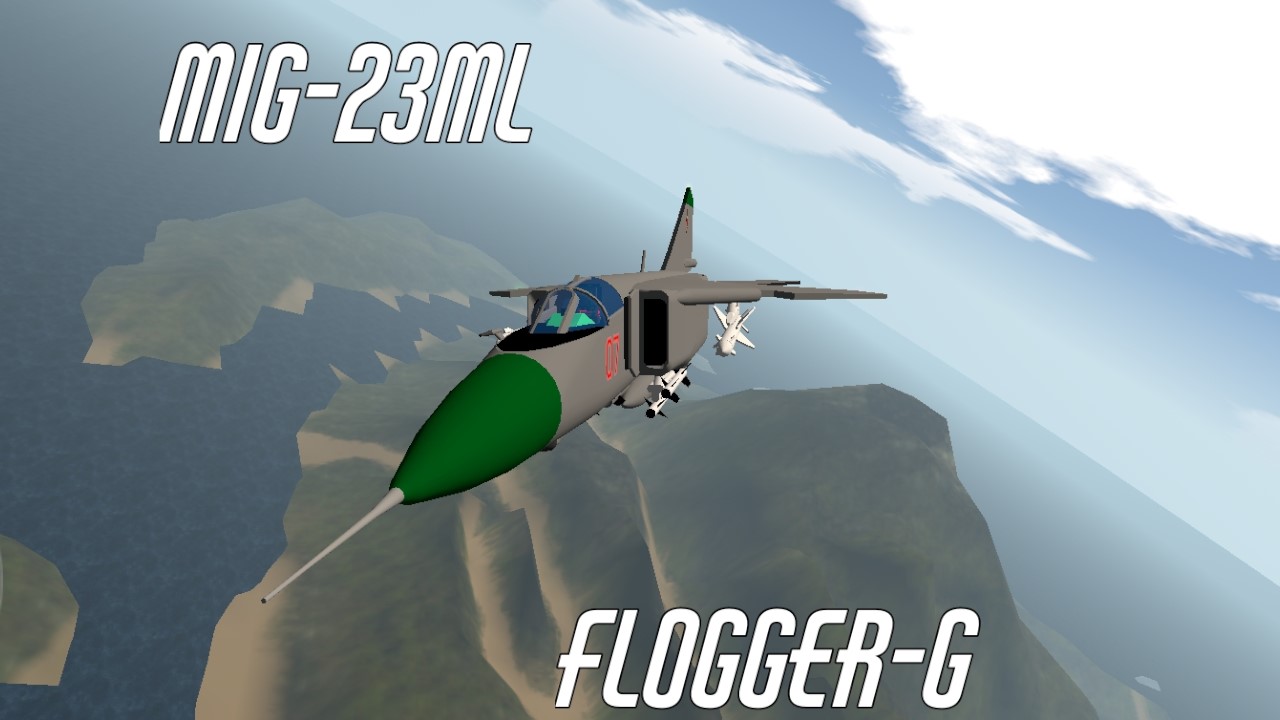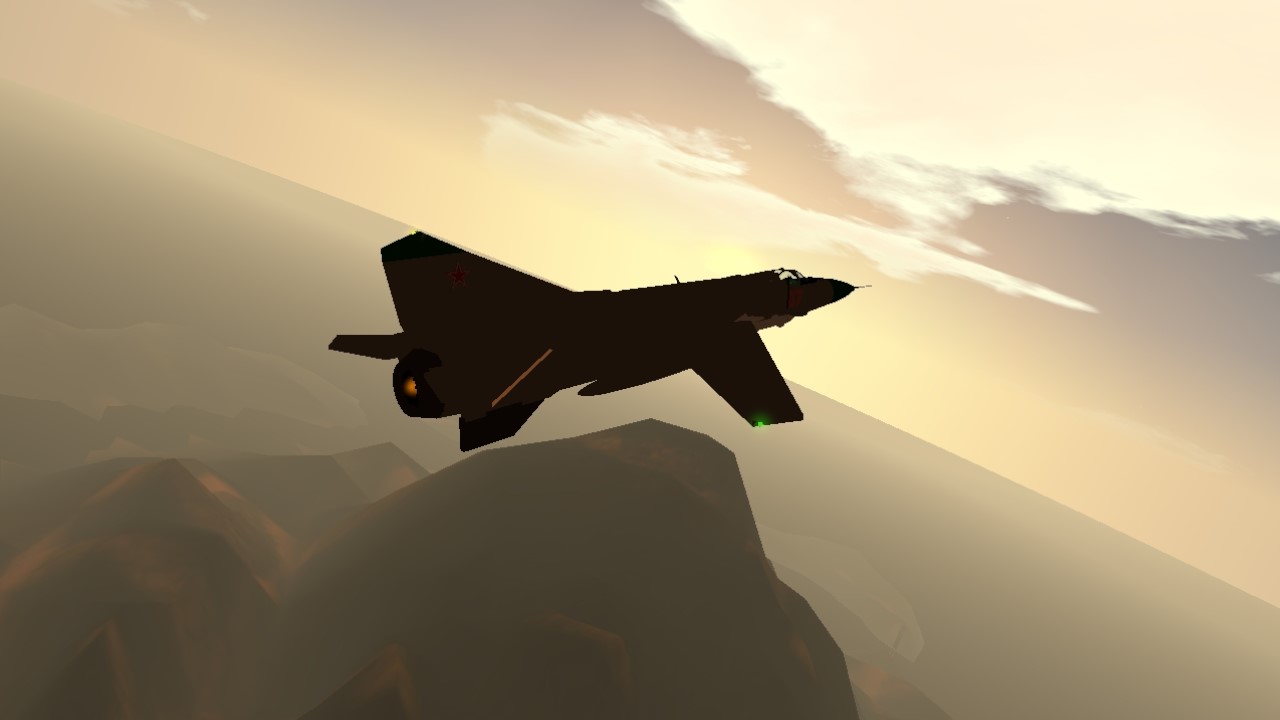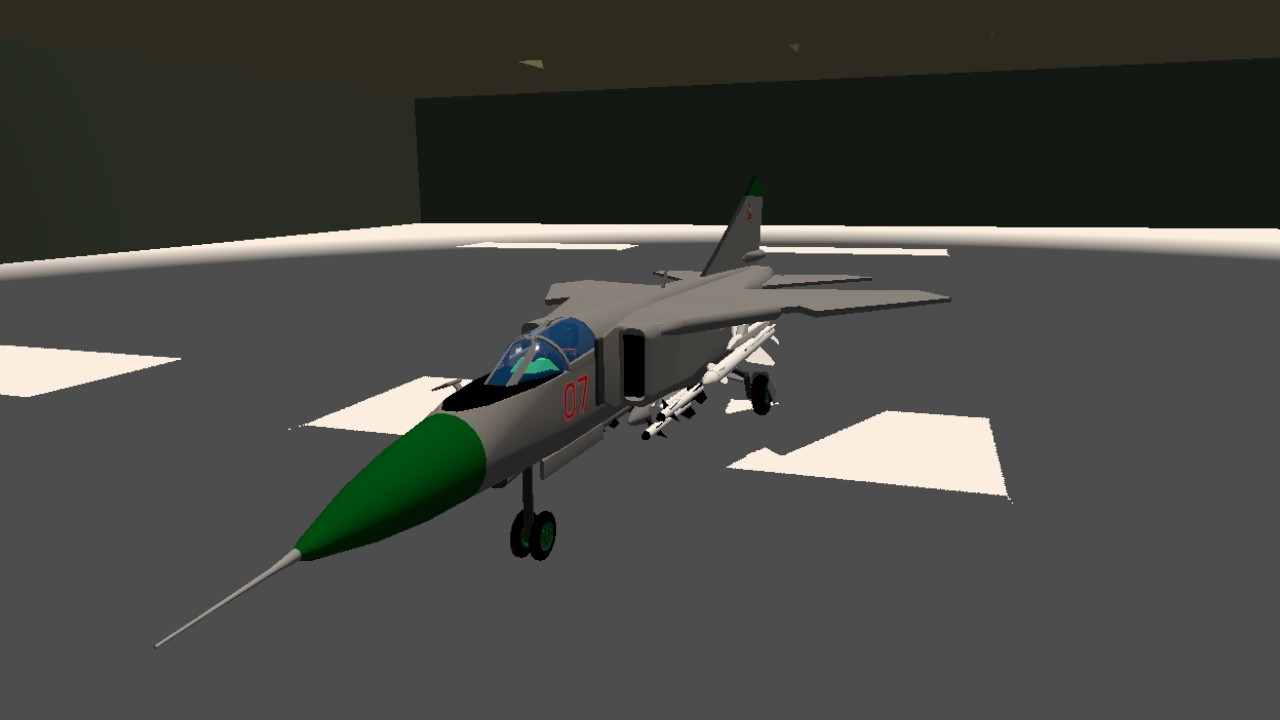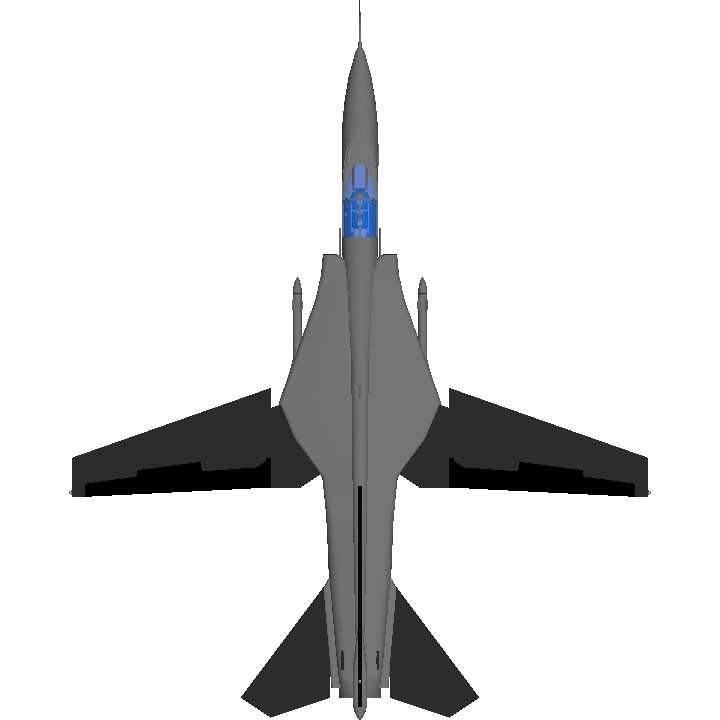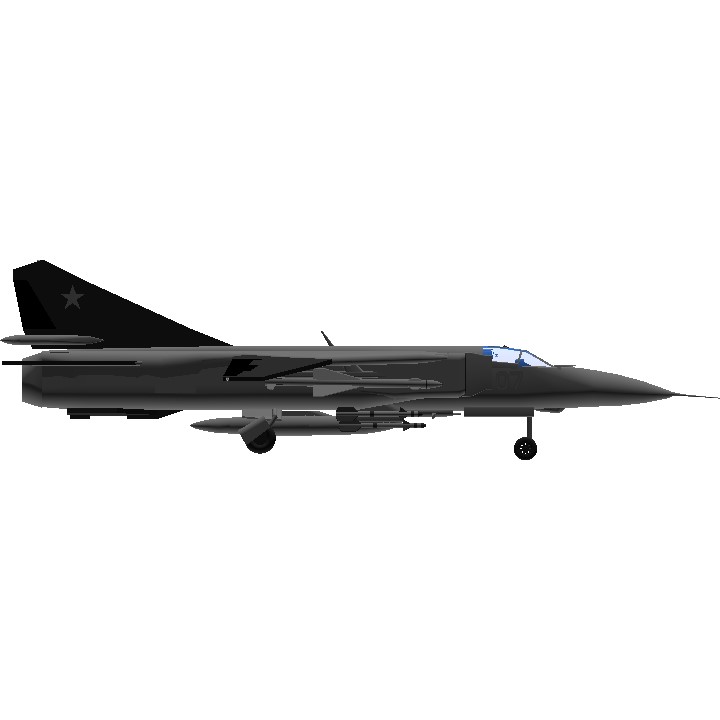The need to further increase the maneuverability of the aircraft, due to the appearance in the United States of the 4th generation fighters F-15A, YF-16 and YF-17, as well as the delay in the creation of similar domestic aircraft T-10 and MiG-29 led to the appearance in 1976 of the MiG-23ML ("L" - light, product "23-12"). It was considered by the Air Force as a temporary alternative to the MiG-29. The new aircraft was able to lighten by almost 1250 kg compared to the MiG-23M: the fork was shortened (almost disappeared), the fuselage length was slightly reduced, abandoning the 4th fuel tank. Despite the reduction of the total fuel reserve to 5,500 kg, due to the reduction of aerodynamic drag and the weight of the structure, it was possible to maintain the flight range. The fighter received an improved R-35-300 engine (thrust 8550/13000 kgf). All this significantly improved maneuverability and provided the plane with excellent acceleration characteristics (in this parameter, the MiG-23ML surpassed the F-16).
Controls:
VTOL is for wing swing and flaps
AG1 drag chute
AG2 drop fuel tank
AG8 external lights
Specifications
Spotlights
- HOPKINS234 2.1 years ago
General Characteristics
- Created On Android
- Wingspan 47.8ft (14.6m)
- Length 59.3ft (18.1m)
- Height 16.5ft (5.0m)
- Empty Weight 12,321lbs (5,588kg)
- Loaded Weight 25,458lbs (11,547kg)
Performance
- Power/Weight Ratio 2.383
- Wing Loading 45.1lbs/ft2 (220.4kg/m2)
- Wing Area 564.1ft2 (52.4m2)
- Drag Points 2866
Parts
- Number of Parts 322
- Control Surfaces 5
- Performance Cost 1,407

